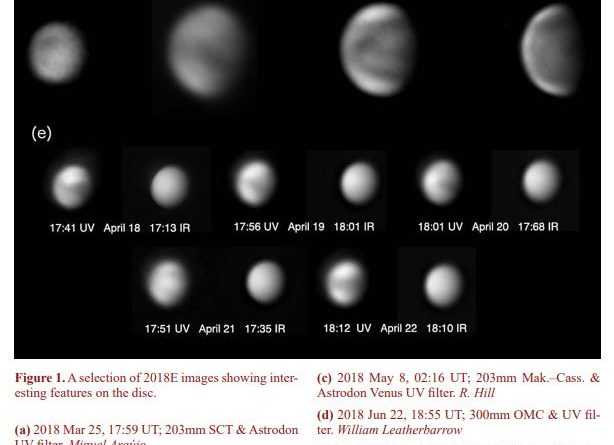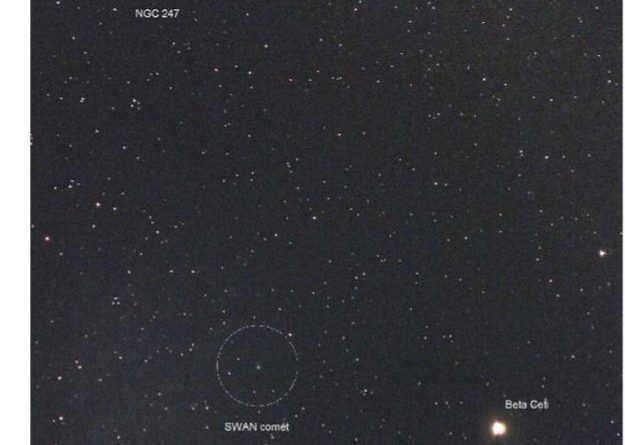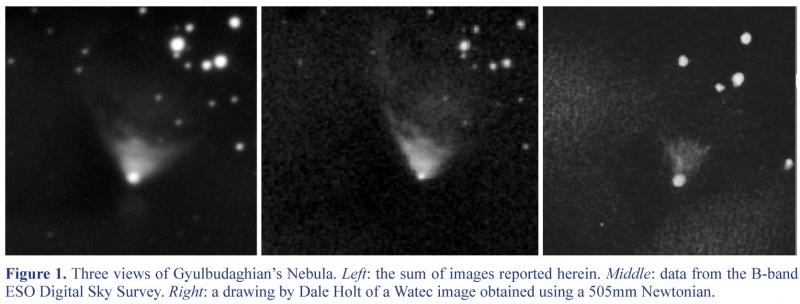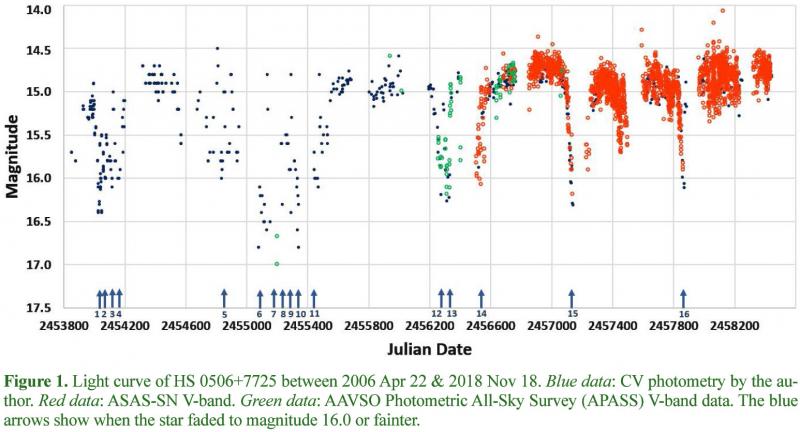In this paper we examine the western branch of the Apennine Bench Formation using LROC WAC and NAC images, Clementine multispectral data, the Chandrayaan-1 Moon Mineralogy Mapper (M3), Selene images, the LROC WAC-based GLD100 digital terrain model and terrestrially-obtained CCD images. The study discusses several volcanic features, which are identified as lunar domes and small lunar cones with associated pyroclastic deposits; a possible relationship between them is investigated. We assess the regional geology and provide insight into the distribution and stratigraphy of the volcanic activity which has occurred in the region. Based on the boundaries of the Apennine Bench Formation we argue the presence of a possible megadome extending for 120km and with an average slope angle ξ of 0.5°. Finally, based on CCD telescopic images and the GLD100 dataset, we describe the morphometric properties of four volcanic constructs including their classification.
Read more







